May 21, 2025 | 06:44 GMT +7
May 21, 2025 | 06:44 GMT +7
Hotline: 0913.378.918
May 21, 2025 | 06:44 GMT +7
Hotline: 0913.378.918
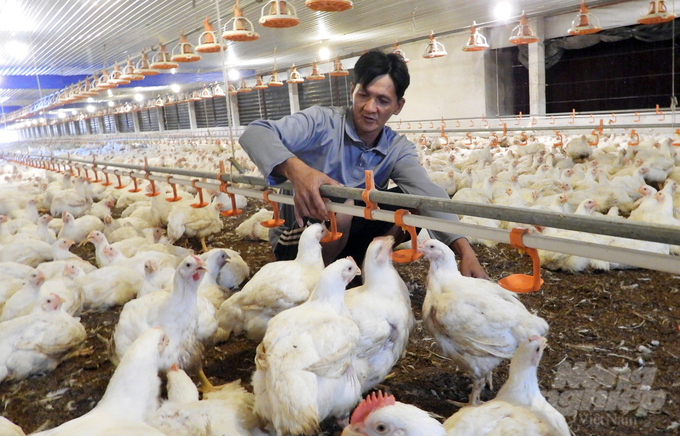
Many livestock farms in Binh Duong province apply high technology in livestock farming. Photo: Nguyen Thuy.
According to Binh Duong Department of Livestock, Veterinary, and Fisheries, by the end of September 2023, the province will have a total herd of about 936,000 pigs, 21,000 buffaloes, and cows, and 13 million poultry.
In particular, high-tech farming farms account for over 70%, with nearly 200 poultry farms and over 250 pig farms. In general, livestock farming in Binh Duong province has been relatively stable recently, but the total livestock and poultry herd has fluctuated in a decreasing trend.
On October 2, a case of bird flu occurred in the province. Still, the authorities promptly handled and controlled it, preventing it from spreading into widespread translation. In general, the epidemic situation in the region is still well-maintained. Livestock products are always guaranteed to be sufficiently supplied for consumption needs in the province and provided partly to neighboring provinces.
Relevant parties have closely coordinated and synchronously deployed many solutions based on implementing national plans and programs on animal disease prevention and control. Thanks to these measures, the epidemic situation is controlled.
To date, the People's Committee of Binh Duong province has issued five plans to implement national programs on preventing and fighting epidemics of avian influenza, foot-and-mouth disease, African swine fever, papular dermatitis on buffalo, cows, and rabies.
In addition, the People's Council and Provincial People's Committee have also issued several guidelines, policies, and regulations that bring practical effectiveness to livestock management and animal disease prevention and control.
Some measures include Regulating the support regime for commune-level veterinary staff, policies to encourage agricultural development towards urban agriculture and high-tech agriculture, Regulations on areas where livestock farming is not allowed, and Policies to support relocation of livestock facilities out of areas where livestock farming is not permitted.
Regulations on policies to support funding for vaccination to prevent and combat animal diseases; Approve the Policy of destroying diseased livestock and poultry without a decision to declare an epidemic using local budget sources; Approve the planning of the livestock and poultry slaughter facility system.
Until now, Binh Duong province has been recognized by the Department of Animal Health for 13 animal disease-free zones in provincial localities with centralized livestock planning, such as Bau Bang, Dau Tieng, Phu Giao, and Bac Tan Uyen. These include five safe zones for poultry, four safe zones for farmed animals, and four safe zones for dogs.
Currently, there are 173 breeding establishments recognized by the Provincial Sub-Department of Livestock, Veterinary, and Fisheries as safe from animal diseases. Of these, there are 52 facilities safe from animal diseases for animals (accounting for about 20% of high-tech livestock farms) and 121 facilities safe from animal diseases for poultry (accounting for about 63% of high-tech livestock farms).
On July 25, 2023, Deputy Prime Minister Tran Luu Quang signed Decision No. 889/QD-TTg approving the "National Plan to deploy key tasks to strengthen epidemics management and control capacity of animal diseases and ensuring food safety of animal origin, from 2023 to 2030".
Accordingly, the Plan aims to build disease-free facilities and areas for livestock and poultry to serve domestic consumption and export.
Ensure veterinary hygiene and food safety in animal husbandry, transportation, slaughter, preliminary processing, processing, and trading of animals and animal products; import aquatic animals and animal products.
Six regions of Binh Phuoc Province, one part of Tay Ninh Province, and 12 other areas in Binh Duong, Dong Nai, Tay Ninh, and Ho Chi Minh City have achieved epidemic safety following Vietnam's regulations.
Four regions of Binh Phuoc province and one region of Tay Ninh province achieved epidemic safety according to the World Organization for Animal Health (WOAH) standards. By 2030, areas that have achieved disease safety will remain maintained.
According to Vietnam's regulations, the remaining districts of Binh Phuoc, Binh Duong, Dong Nai, Tay Ninh, Ho Chi Minh City, and other provinces of the Southeast region and the Central Highlands can develop disease safety.
Eight other regions of Binh Duong Province, Dong Nai Province, and Tay Ninh Province are built according to World Organisation for Animal Health standards.
Mr. Nguyen Thanh Binh, Deputy Director of the Provincial branch of Livestock, Veterinary Medicine, and Fisheries, said that the Ministry of Agriculture and Rural Development needs to issue soon the project "Building animal disease-free farming areas according to standards of the World Organization for Animal Health."
It is necessary to specify the provinces and cities under the project and the project's funding according to the decentralization between the central and local governments to serve as a legal basis for localities to allocate funds for constructing and maintaining disease-free livestock farming areas. At the same time, farming focusing on applying high technology, disease safety, and links along the value chain is an inevitable development trend.
Translated by Tuan Huy - Hoang Duy
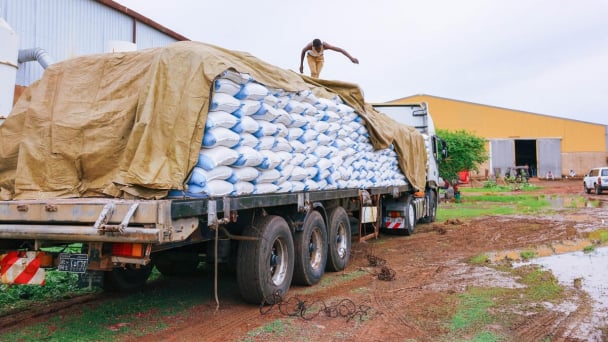
(VAN) In 2024, over 295 million people across 53 countries and territories faced acute hunger—an increase of almost 14 million people compared to 2023, while the number of people facing catastrophic levels of hunger reached a record high.
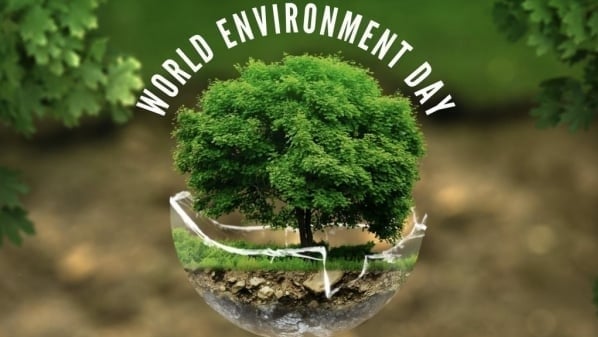
(VAN) World Environment Day 2025 (June 5) carries the theme 'Beat Plastic Pollution' continuing to emphasize the global urgency of addressing the plastic waste crisis.
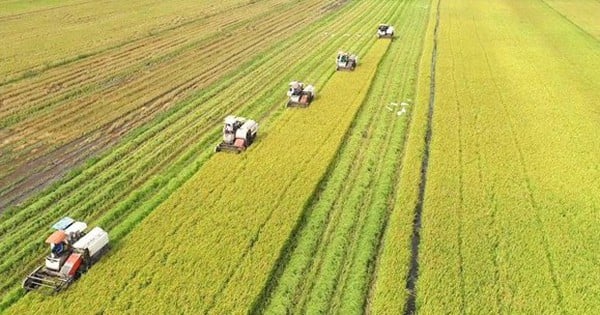
(VAN) This was the assessment shared by experts at the workshop titled 'Assessing the Role and Potential of Low-Emission Rice Production Systems in Vietnam,' held on the morning of May 19.

(VAN) Cai Rong Port is the fisheries control center of Quang Ninh, helping to monitor fishing vessels, combat IUU fishing, and remove the EC's 'yellow card'.

(VAN) The German Agricultural Society (DLG) explores the possibility of establishing a mechanization service center in Vietnam’s Mekong Delta to support farmers in accessing and utilizing advanced machinery.
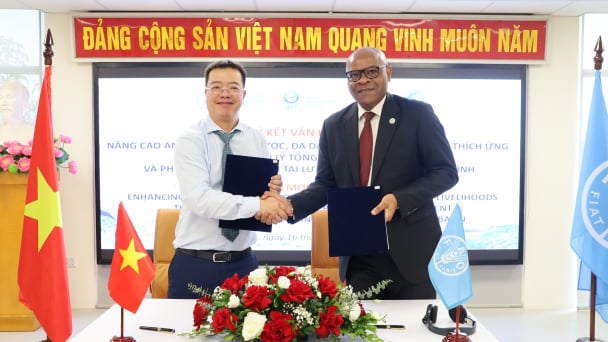
(VAN) On May 16, the Department of Water Resources Management, in collaboration with the Food and Agriculture Organization of the United Nations (FAO), held a signing ceremony for the GEF-8 project document.

(VAN) Food safety, mechanization, vocational training, and market opening are key areas of cooperation expected between the Vietnamese Government and the Federal Republic of Germany.